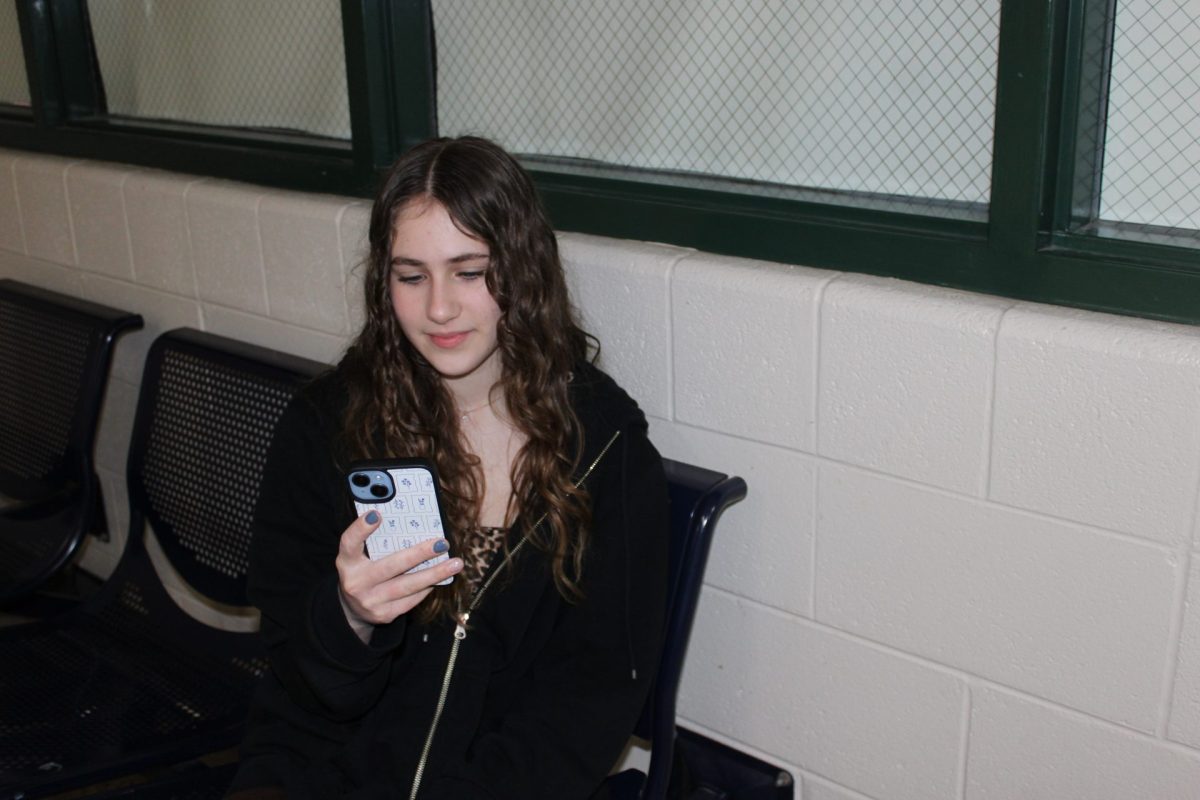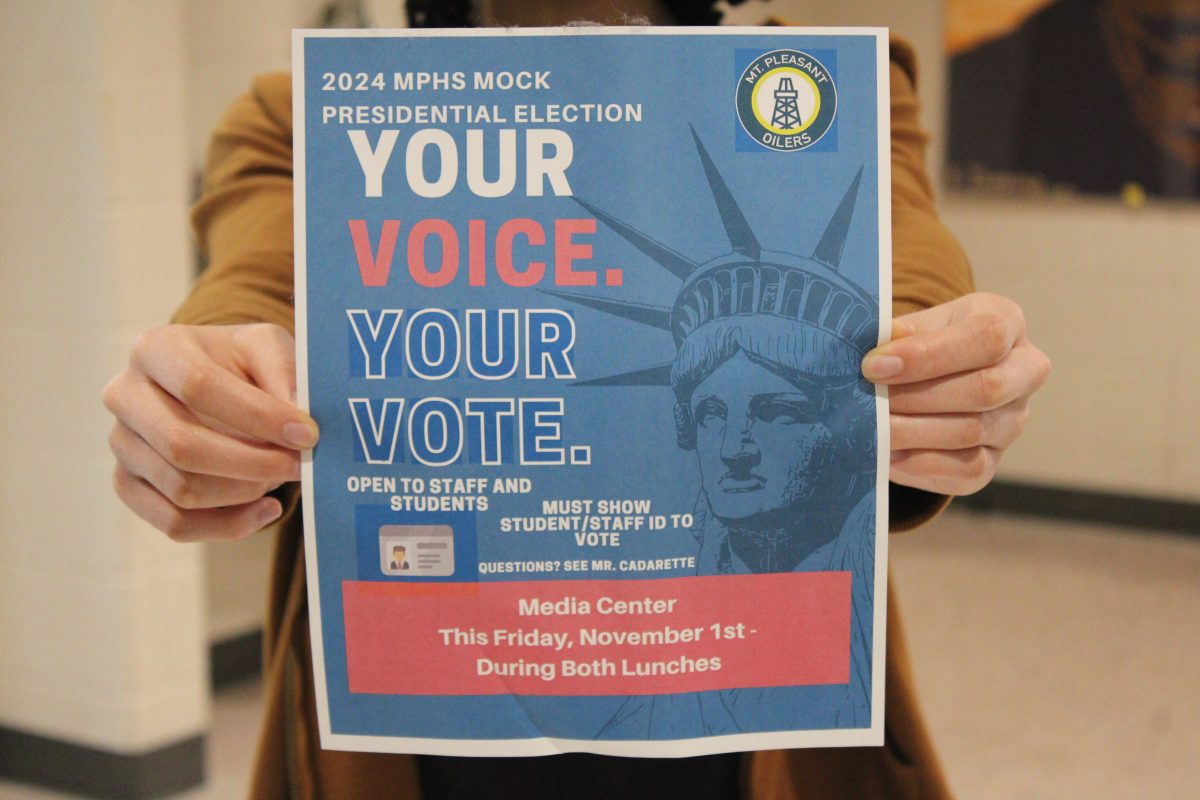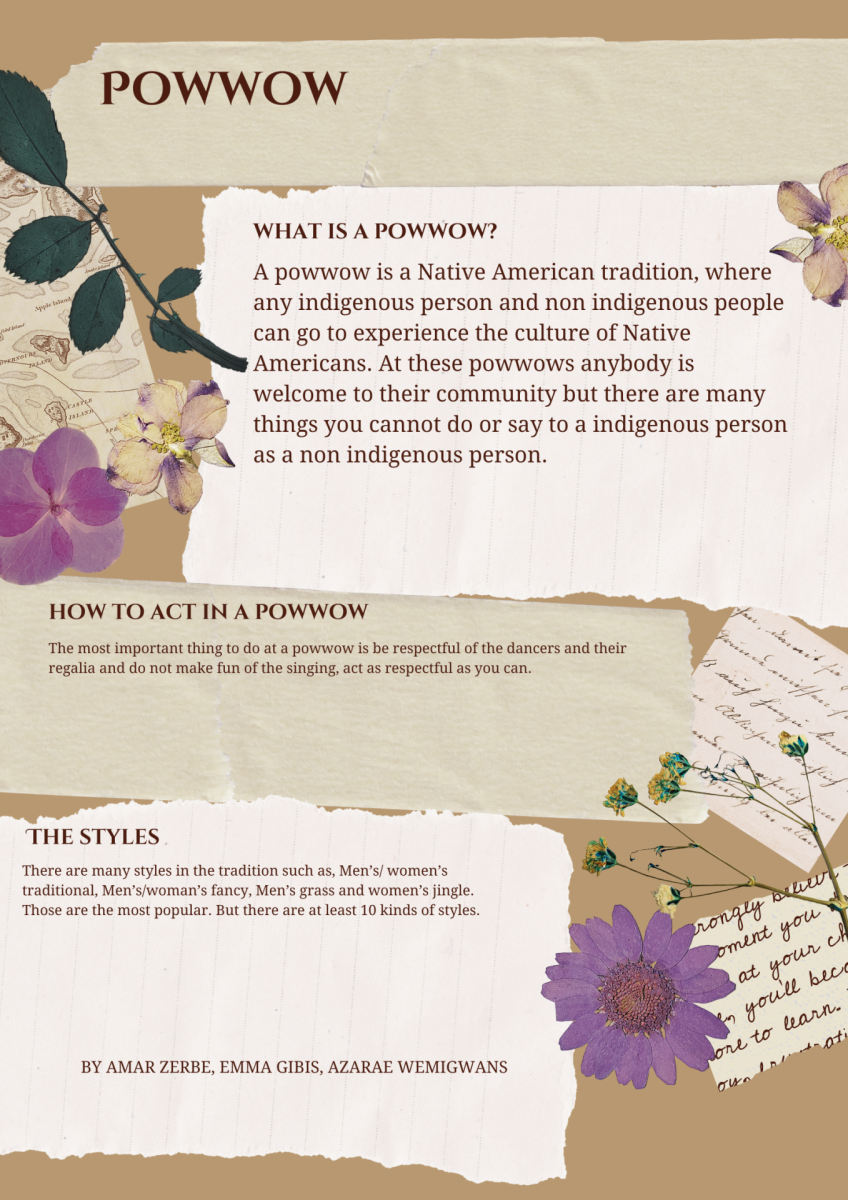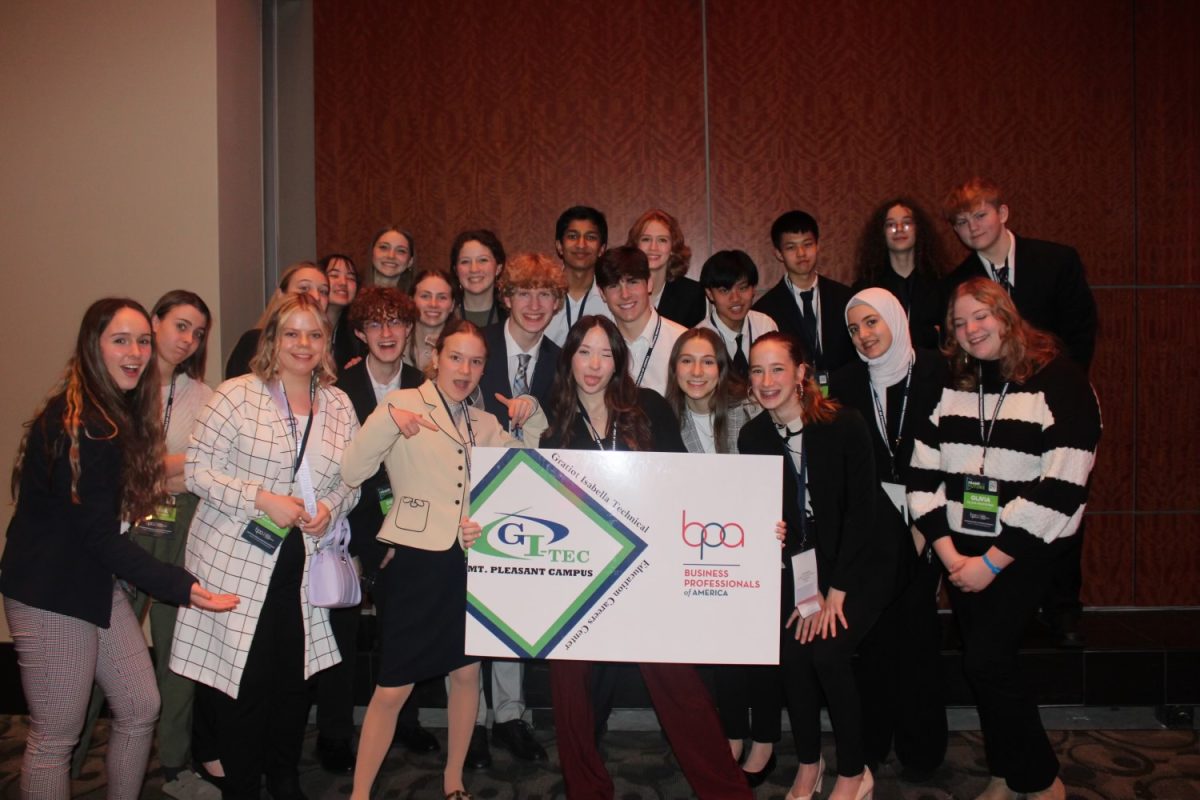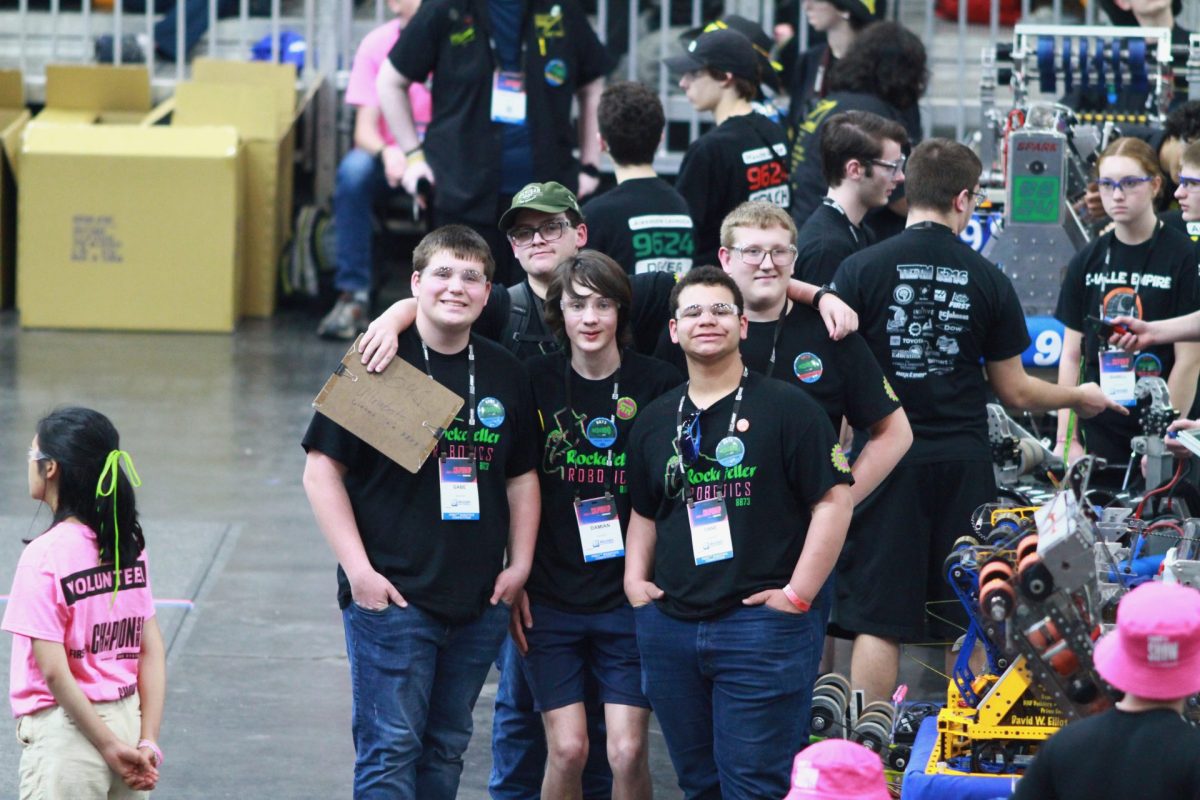For teens, Social Media is a large part of everyday life. Social media can be used as a way to contact and interact with peers but, can Social Media also harm teens’ mental and physical lives? Social media is used worldwide with children as young as 6-7 years old, adults, and senior citizens, all looking for a way to connect and interact with others in a positive and supportive light. Along with adults and teens using social media to connect, many young children and tweens use social media as a way not only to connect but also, to find who they are through trends and popular content.
Social media can be used to interact with friends and family virtually and can strengthen relationships and connections. Many use social media to update others on their lives, see what other people are doing in their posts, and lots of the time; to distract themselves and fill extra free time throughout their days. Over time this use of social media can seriously impact teens’ mental and sometimes physical health for the worse. There has been a “trend” circulating on social media called “bed rotting”. Bot rotting can be defined as “the practice of spending many hours in bed during the day, often with snacks or an electronic device, as a voluntary retreat from activity or stress”. Sometimes bed rotting can seem like a nice way to wind down from a stressful or tiring day but it can turn into something more. For many, bed rotting can be as simple as staying in bed for a day and relaxing but, for others bed rotting can be a symptom of depression, and can negatively impact mental health, especially in teens.
Along with the trend of bed rotting, many trends come with social media that many follow trying to find a sense of belonging or normalcy through actions and trends as seen on social media. A few examples of trends circulating on social media are the Stanley Tumbler, beauty, and fast fashion trends, as well as many trends concerning “brain rot,” which have become very popular with many Gen-Z and Gen-Alpha teens and children with access to social media. Some young children in Gen Alpha use social media as an influence in their lives. Many young girls have been referred to as “Sephora Kids” These young girls use social media beauty and fashion trends to influence their lives and what they do. Many go to beauty stores such as Sephora or Ulta to buy skincare, makeup, and other trending beauty products not made for young children but, because of beauty trends these young girls are easily influenced and want to imitate what they see on social media, some even posting themselves on social media, trying to be like the people they see on social media.
Along with beauty content affecting how tweens and children live and act, there has been a large uproar of brain rot content on social media, and with access to these platforms on things like iPads and parents’ phones, many children have become very attached to screens and the things they see online. It’s been noticed by many elementary school teachers that children’s ability to learn and pay attention has severely diminished. With the surge of social media, student’s attention spans have lowered and become shorter, making it difficult for students to pay attention and absorb information while in school. The internet is so fast-paced with lots of short-form content that some teachers have even made jokes about putting short-form or gameplay content on their screens while they are teaching so that their students will have an easier time paying attention and absorbing information.
There has also been conversation around social media about the lack of “third places” for many teens and young children. A junior at MPHS says “I’ve noticed that there aren’t many places for people to go to hang out with their friends outside of school and their houses.” A third place is a place that is separate from the usual two places where people spend most of their time. For teens, their two places are most often home and school. With the lack of third places because of so many stores and areas to hang out with friends closing down, there has been a very large lack of third places for teens and tweens so many tend to go to places like Sephora, Ulta, or Target to be able to spend quality time with friends. It has also been noted that many teens, with the lack of third places, end up staying home and going on their phones, affecting their social lives and mental health.
Overall, the growth of social media has had many long-term effects on children, tweens, and teens, good and bad. Although many may argue that social media is all good or bad, it can be proven that it is a mix of good and bad, much like all things. Social media is mixed with good content that can help people learn about new topics, connect with others, and see their peers’ lives but; even with these good effects, there are many bad that affect mental health and sometimes social, keeping people indoors, on social media daily.
Balancing The Feed
Understanding Social Media’s Impact on Teens
Categories:
Amelia Russell, Pipeline Journalist
January 17, 2025
Skyler Malinowski using her phone
1
Donate to The Pipeline
Your donation will support the student journalists of Mt. Pleasant High School. Your contribution will allow us to purchase equipment and cover our annual website hosting costs.

